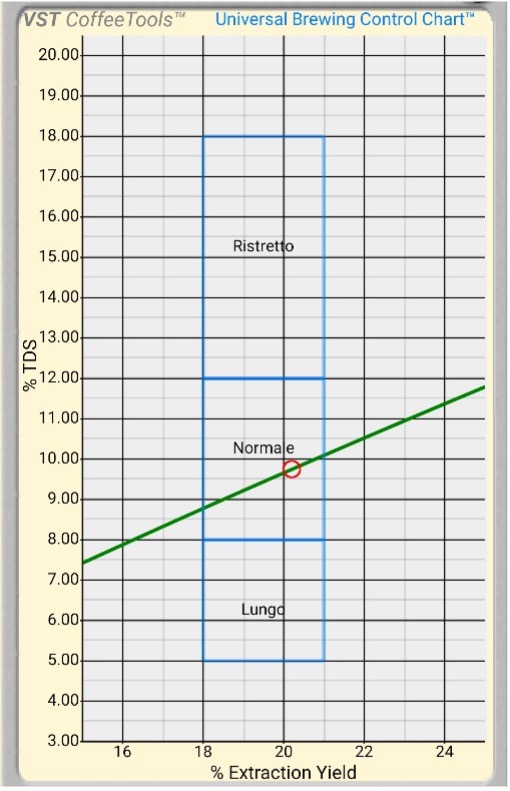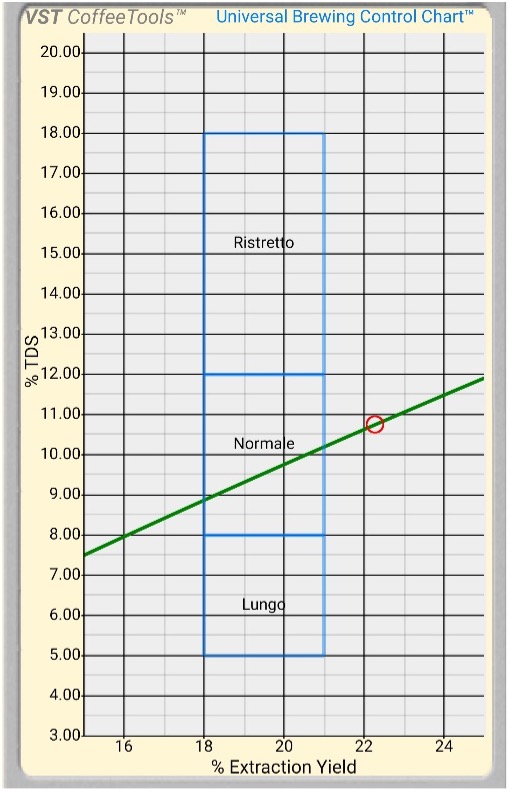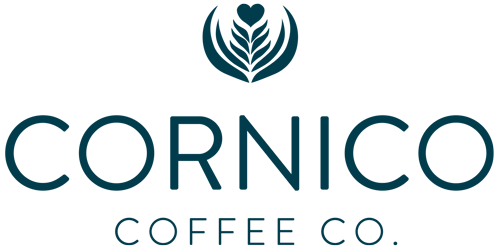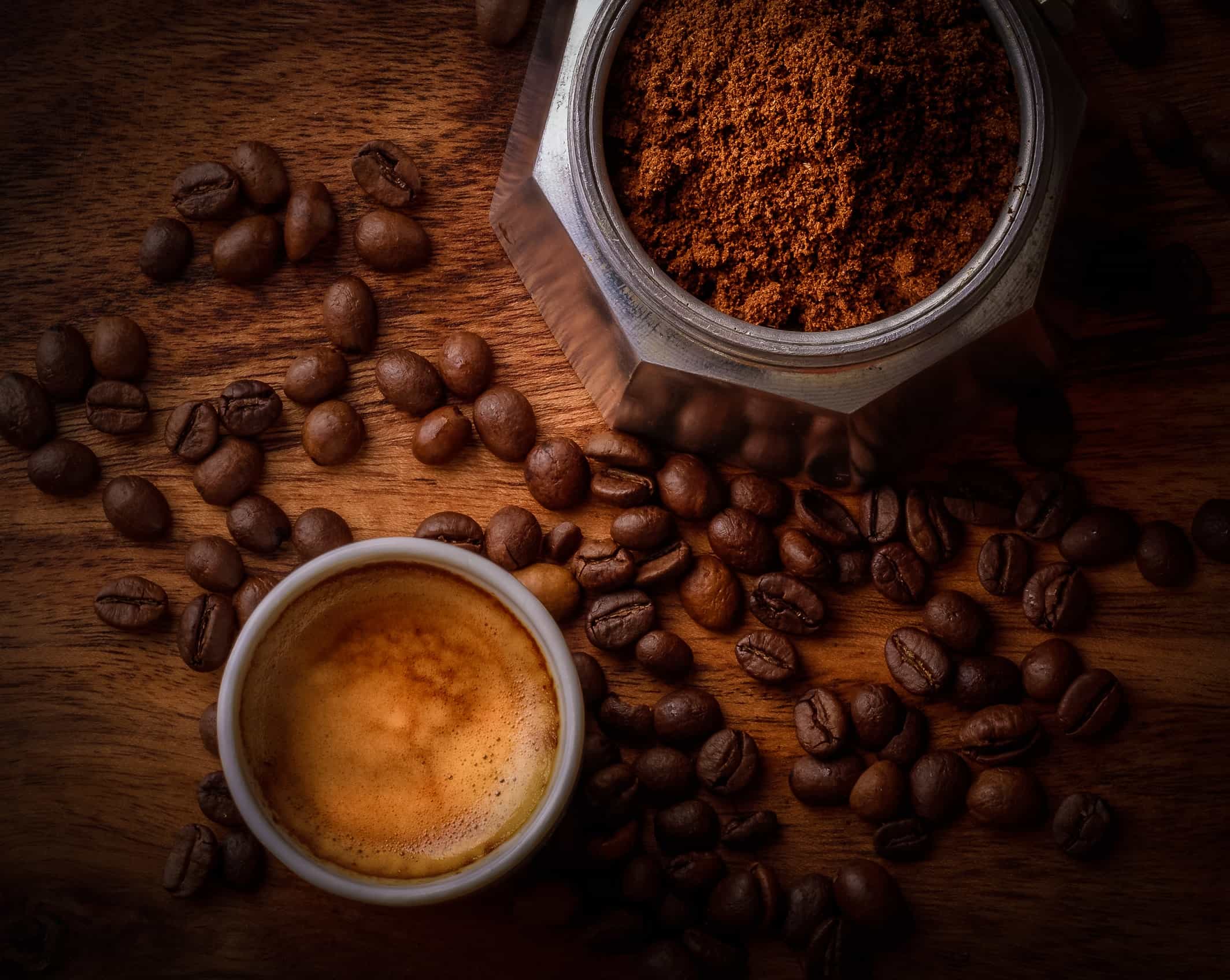How Refraction Can Work For You
18 Feb 2021
The Oxford languages archive defines refraction as;
noun
PHYSICS
noun: refraction
-
the fact or phenomenon of light, radio waves, etc. being deflected in passing obliquely through the interface between one medium and another or through a medium of varying density. Ref. oxford language.
But, what does this mean for the café owner/Barista/roaster? Well, refractometers measure the refractive index of a liquid. Commonly Brix refractometers are used on farms and during the manufacture of various wines and juices to measure the sugar content (brix %) of the solution. This will give the manufacturer an indication on the sugar content of the solution. The measure of sugar as a percentage in a coffee cherry allows greater consistency among coffea arabica crops and is becoming common place on speciality coffee farms.
However, in relation to coffee brewing, we are most interested in the reading known as the TDS percentage of a solution. ‘TDS’ stands for ‘total dissolved solids’. The TDS percentage of a brewed solution of coffee will give us a percentage reading of how much coffee has been dissolved in solution. This reading has many uses. We can use this reading to measure the solubility of coffee and therefore quantify otherwise sensory analysis.
To further explain this, I will put forward a hypothetical scenario.
We have our espresso dialled in, in the morning, to a recipe of;

DRY DOSE: 18G
YEILD: 36G
BREWING TEMPERATURE: 93C
TDS: 9.75%
EXTRACTION PERCENTAGE: 20.21%
EBF: 50.0
Using a refractometer to measure the strength we can see that we can see that we have extracted the brew into the ‘Normale’ range. From this point I would recommend using sensory analysis to hone in the extraction to achieve optimal balance in the cup and accentuated sweetness without introducing bitter attributes to the resulting espresso. Disclaimer – it is important to filter your espresso using filters with a maximum particle filtration of 5 microns if you plan to use your data to form an evaluation as there are many colloidal solids in espresso coffee that may impact your refractometers ability to give a reliable reading.
To show the importance of a percentile in the realm of extraction, I will give another hypothetical brew;

DRY DOSE: 18G
YEILD: 36G
BREWING TEMPERATURE: 94.5C
TDS: 10.75%
EXTRACTION PERCENTAGE: 22.28%
EBF: 50.0
We have only changed the temperature of the brew water by 1.5 degrees Celsius, however the impact it has had on the brew itself can be seen on the graph. We have exited our ‘Normale’ range of brewing as depicted by the universal brewing control chart and have moved into an area you might associate with bitterness in a brew.
With this data in mind, it is important to just use the extraction data to log and better understand your brews. It is also not an absolute law to live by, as shown by Scott Rao and others by achieving very high extraction percentages with brews that taste sweet and delicious. This is often achieved with long pre infusion/pre wet times and varying water pressure, but that is a topic for another time.




